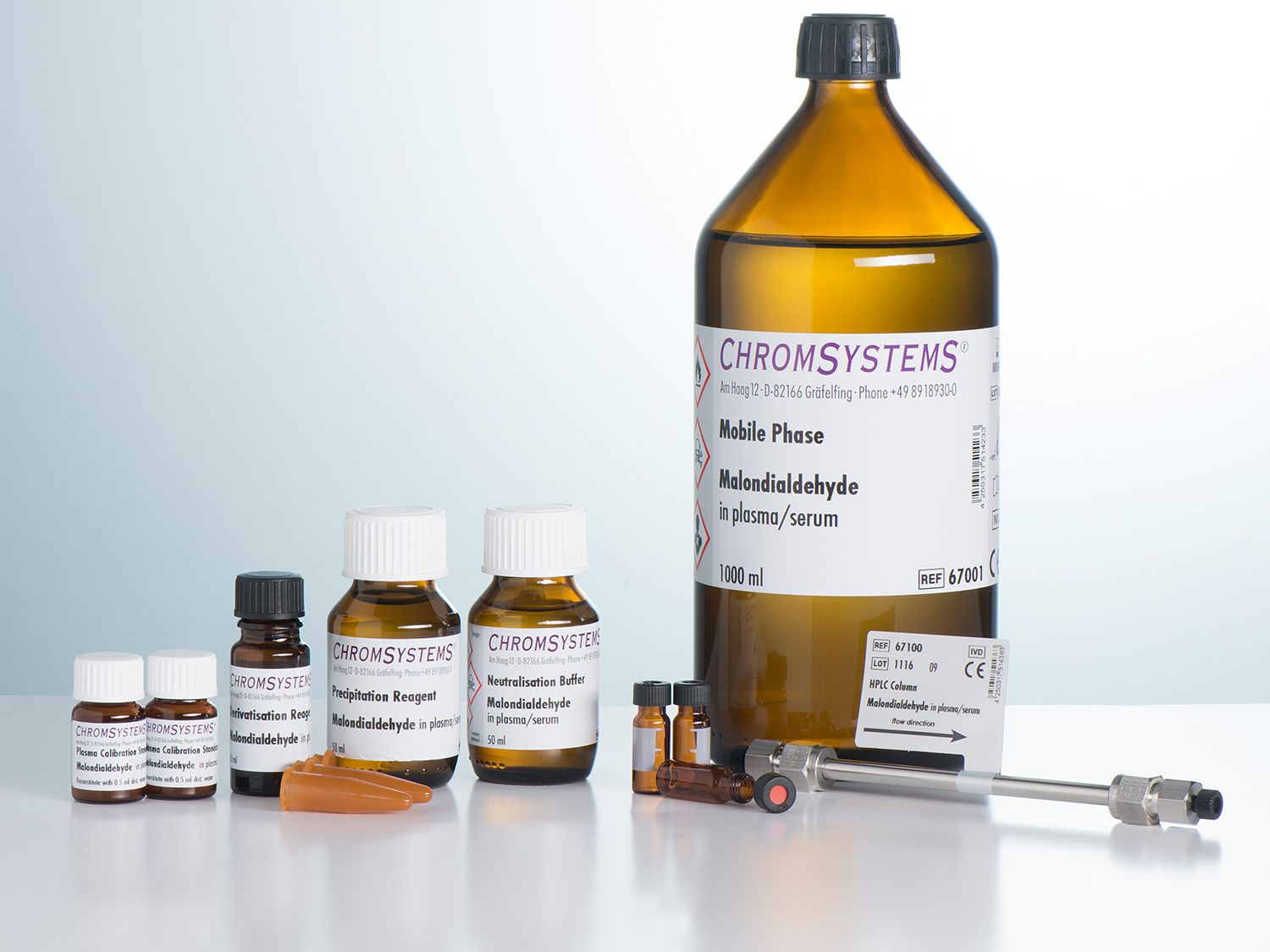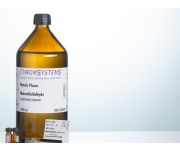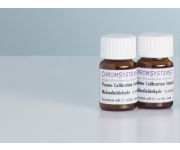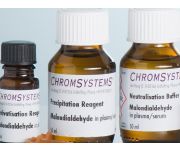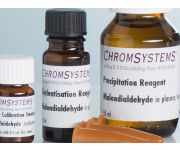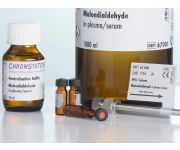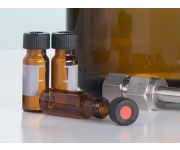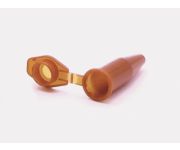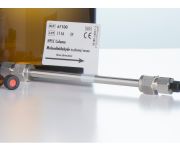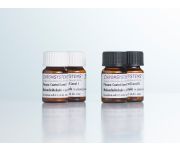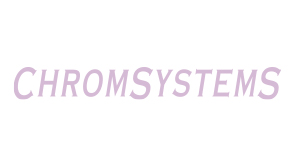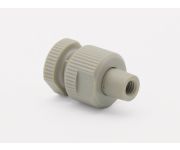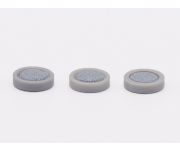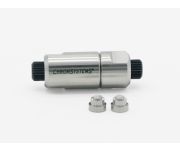Malondialdehyde in Serum/Plasma - HPLC
The marker of lipid peroxidation
Trouble-free analysis
Reliable results
CE-IVD validated product ready for IVDR within timeframes and transition periods specified by the IVDR 2017/746


Malondialdehyde
Clinical relevance
Excessive oxidative stress can lead to degenerative damages in the body, such as oxidation of lipids, proteins, and DNA. The body has multiple endogenous biomarkers that can provide information about its physical condition, such as β-carotene, coenzyme Q10, glutathione, vitamin C and malondialdehyde (MDA), of which an increase in serum or plasma is a sign of oxidative stress.
MDA is an oxidation product of polyunsaturated fatty acids, and thus the laboratory diagnostic marker used for lipid peroxidation. Recent clinical studies show that the MDA concentration is elevated in patients with cystic fibrosis and other chronic respiratory diseases. The additional determination of the MDA level together with other parameters provides useful information about the degree of oxidative stress to optimise the therapy.
Product advantages
- The marker for lipid peroxidation
- Interference-free analysis
- Reliable results
This Chromsystems assay allows the reliable chromatographic determination of malondialdehyde in one isocratic HPLC run with fluorescence detection. Sample preparation is based on an effective protein precipitation step followed by derivatisation. The resulting fluorophore is specific and detectable even at very low concentrations.
| Method of Analysis | HPLC |
|---|---|
| Number of Tests | 100 |
| Please note | The freely available information on this website, in particular on the sample preparation, are not sufficient to work with our products. Please read instructions and warning notices on products and/or instruction manuals. |
| Lower Limit of Quantitation | 0.01 µmol/l |
| Upper Limit of Quantification | up to 10 µmol/l |
| Intraassay | CV ≤ 2.9 % |
| Interassay | CV ≤ 8.8 % |
| Recovery | 99 % |
| Specimen | Plasma/Serum |
| Sample Preparation |
|
| Run Time | < 5 min |
| Injection Volume | 20 µl |
| Flow Rate | 1.0 ml/min |
| Column Temperature | ambient (~ 25 °C) |
| Gradient | isocratic |
| Wavelengths | EX 515 nm, EM 553 nm |
| Additional Info | Any isocratic HPLC system with fluorescence detector is suitable. |
| Parameters | Malondialdehyde |


Malondialdehyde
Clinical relevance
Excessive oxidative stress can lead to degenerative damages in the body, such as oxidation of lipids, proteins, and DNA. The body has multiple endogenous biomarkers that can provide information about its physical condition, such as β-carotene, coenzyme Q10, glutathione, vitamin C and malondialdehyde (MDA), of which an increase in serum or plasma is a sign of oxidative stress.
MDA is an oxidation product of polyunsaturated fatty acids, and thus the laboratory diagnostic marker used for lipid peroxidation. Recent clinical studies show that the MDA concentration is elevated in patients with cystic fibrosis and other chronic respiratory diseases. The additional determination of the MDA level together with other parameters provides useful information about the degree of oxidative stress to optimise the therapy.
Product advantages
- The marker for lipid peroxidation
- Interference-free analysis
- Reliable results
This Chromsystems assay allows the reliable chromatographic determination of malondialdehyde in one isocratic HPLC run with fluorescence detection. Sample preparation is based on an effective protein precipitation step followed by derivatisation. The resulting fluorophore is specific and detectable even at very low concentrations.
| Method of Analysis | HPLC |
|---|---|
| Number of Tests | 100 |
| Please note | The freely available information on this website, in particular on the sample preparation, are not sufficient to work with our products. Please read instructions and warning notices on products and/or instruction manuals. |
| Lower Limit of Quantitation | 0.01 µmol/l |
| Upper Limit of Quantification | up to 10 µmol/l |
| Intraassay | CV ≤ 2.9 % |
| Interassay | CV ≤ 8.8 % |
| Recovery | 99 % |
| Specimen | Plasma/Serum |
| Sample Preparation |
|
| Run Time | < 5 min |
| Injection Volume | 20 µl |
| Flow Rate | 1.0 ml/min |
| Column Temperature | ambient (~ 25 °C) |
| Gradient | isocratic |
| Wavelengths | EX 515 nm, EM 553 nm |
| Additional Info | Any isocratic HPLC system with fluorescence detector is suitable. |
| Parameters | Malondialdehyde |

